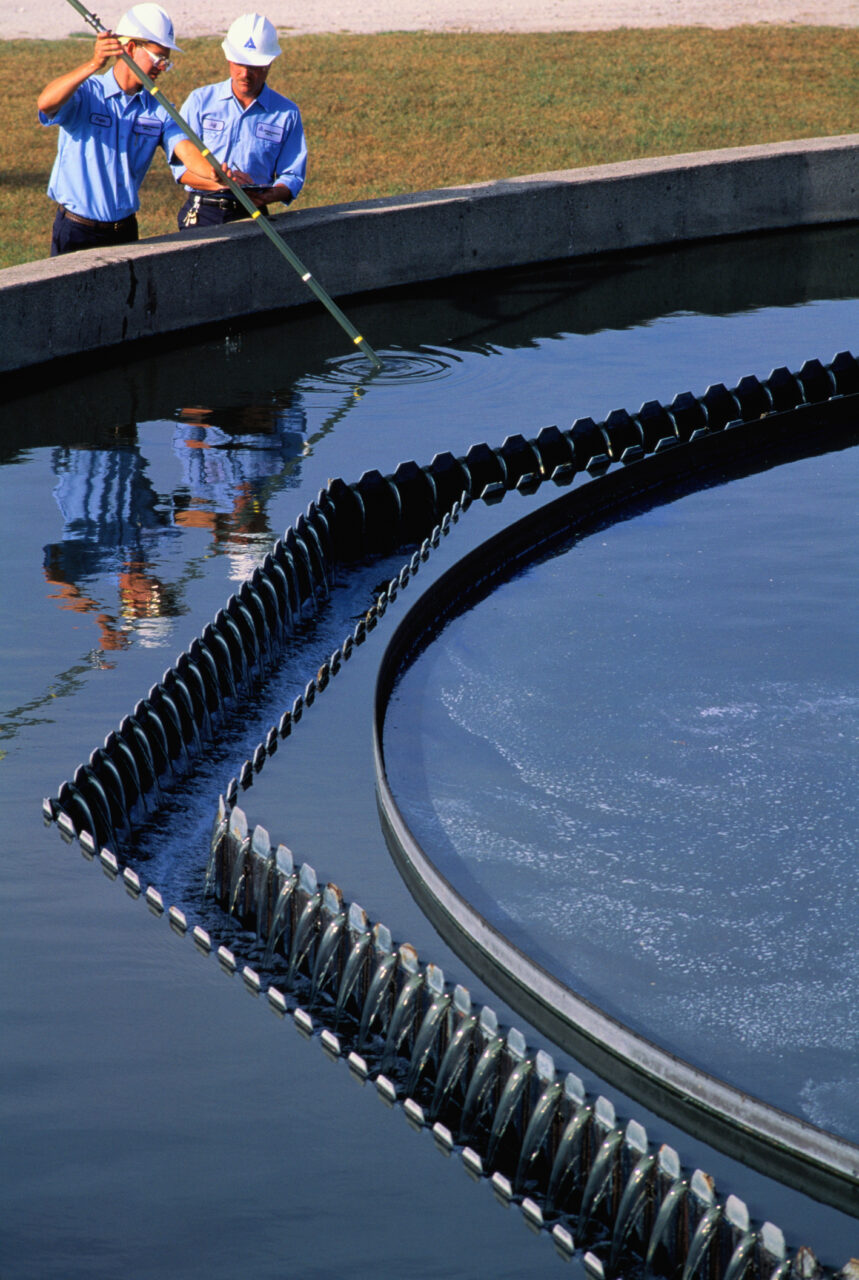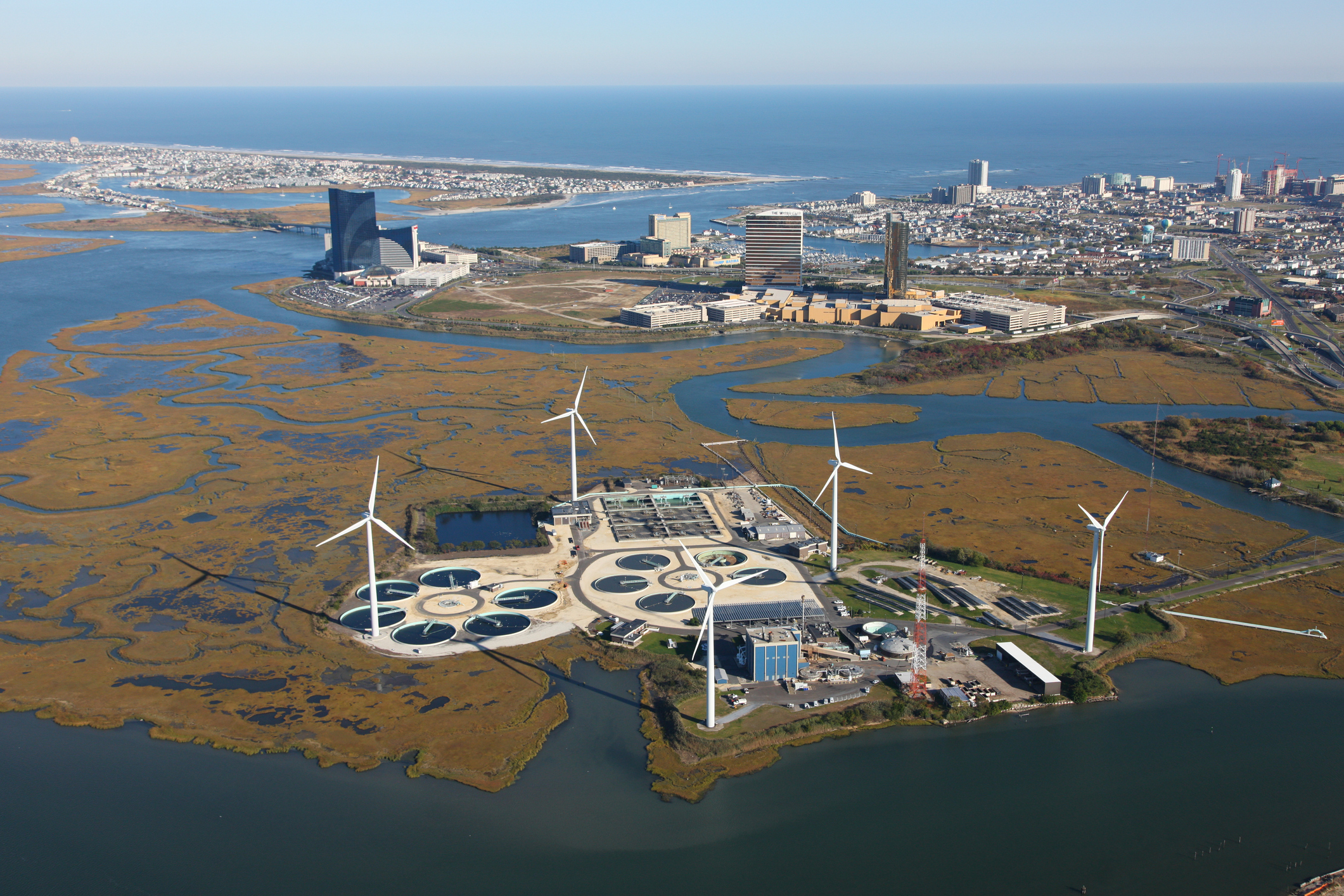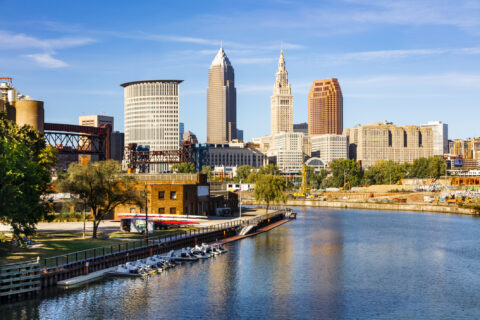With the Biden Administration finalizing new PFAS drinking water regulations for municipalities, it is time for local leaders to begin working with their water utilities. Both local leaders and water utilities should start to think about how they are going to upgrade their water systems to detect and remove these toxins if they are present at levels above the U.S. Environmental Protection Agency’s (EPA) limit. The new regulations carry an effective date of June 25, 2024. Local governments have until April 26, 2027, to meet the initial monitoring requirements and until April 26, 2029, to meet the treatment requirements.
As local governments work toward compliance with these drinking water regulations, here are some important initial steps for getting started. For many communities, addressing PFAS drinking water contamination has been an active concern for the past several years. Lessons learned from those communities can provide helpful insights for others.
How Municipalities Can Prepare Now
1. Start discussions with water utility leaders
Regardless of whether your community owns or operates your own water utility, the first place to begin is by talking with water treatment plant managers. In the case of many municipalities, the utility may be shared with several jurisdictions, which could present unique opportunities and challenges.
2. Test the water
Knowledge of PFAS chemicals and the ability to test for PFAS has increased in the last decade. Local leaders should test their water in multiple locations to determine if and where PFAS chemicals exist and how they compare to the level set by the EPA. This will help determine what technology and treatment may be necessary to comply with the new standard.
3. Identify funding sources
A common trend among many municipalities for addressing PFAS drinking water contamination is to tap into funding from the Drinking Water State Revolving Fund (SRF), as well as settlement money from class action lawsuits.
Source: NLC.org
While there is funding available to local governments through the American Rescue Plan Act State and Local Fiscal Recovery Funds, the Bipartisan Infrastructure Law (BIL) provides a plus up to the SRFs, and both can be used to upgrade existing treatment plants or build new ones. These funds are limited, however, and municipalities will likely be competing against other communities for the state-revolving funds.

Moreover, while the Drinking Water and Clean Water SRFs are funded through annual appropriations, under current law, the higher BIL-level funding is only approved through fiscal year 2026. NLC continues to advocate for more direct funding to local governments for sustained action to address PFAS. In the meantime, municipalities and their utilities will want to identify both short-term funding sources—like the SRFs—and long-term sources from private or public avenues, like capital funding sources.
Rate increases are another option as a long-term funding source to sustain technology to remove PFAS chemicals. The amount and timing of the rate increase will vary by municipality and carry with it considerations for affordability and equity within the community and particularly for low- and fixed-income households, which often are already paying a disproportionate amount of their income toward their water bills.
4. Communicate with residents
Local leaders can advocate for their residents with their utility by encouraging transparency, ensuring community input and addressing equity so that certain populations are not overburdened or the last to receive any needed upgrades.
As PFAS funding and upgrades will take time, local leaders can communicate with their residents about the health risks from PFAS and how to remove PFAS from their home water if they are concerned, such as by installing a water filter to their sink.
Municipal leaders should also communicate that unless a home is in a high-risk area, there is no reason to panic or switch to bottled water sources. EPA has developed a communications toolkit to support public education and outreach.
Source: EPA.gov
What Other Municipalities Have Done
Maryland
The Town of Walkersville, MD, completed a new water treatment plant in 2020 that utilizes an Integrated Membrane System, Microfiltration, Reverse Osmosis, Chlorine primary disinfection, Fluoridation, and post-pH adjustment. Planning for the plant began in 2017 and $8.8 million in financing was secured through a state loan. While PFAS has not been detected in the water system, the new advanced treatment facility was built to address future demands and more stringent water quality standards, including nitrate removal from adjacent farmland and for PFAS if needed in the future.
Minnesota
The City of Hastings, MN, detected PFAS chemicals above the EPA level in five out of six municipal wells and is working to build three new water treatment plants and their associated water lines, which will cost $68.9 million. To help finance the project, the city is requesting funding through the Minnesota Drinking Water State Revolving Fund, the State’s Bonding Bill and Federal Community Project Funding. Working with the Minnesota Pollution Control Agency (MPCA), the city hopes to tap into the 3M East Metro Settlement Funding and also received a $3.18 PFAS Planning and Design Grant from MPCA for the design of the water treatment system. Lastly, the city plans to discuss rate increases in the future. The project is anticipated to be completed by 2027, in time to comply with the EPA regulations.
Washington
Washington state is one of several states with enforceable drinking water regulations and standards that are higher than the new EPA level of 4 parts per trillion for PFOS and PFOA, two of the most common PFAS chemicals. As of March 2024, the City of Vancouver, WA, has determined that four of the city’s nine water stations will be above the new EPA level. As such, the city is taking a variety of actions, including installing a new treatment system at one of its water stations, which is estimated to cost $15.7 million. The city was awarded $12.7 million through the Drinking Water State Revolving Fund and is hoping to receive settlement money. The total cost to meet new federal standards is estimated at $235 million over eight years, with an additional operation and maintenance cost of $1.25 million annually. To communicate what is being done, residents can translate the page into several different languages.
California
California American Water, or Cal-Am, serves around 65,000 homes and businesses in Sacramento County and operates 112 wells in the region. Within the region, firefighting foam used at a nearby air force base contaminated the groundwater, which was discovered in 2014. At that point, the contaminated well was turned off and the company partnered with the City of Rancho Cordova, CA, on a communications plan, outreach to neighbors and how to expedite the permitting process. In 2017, a new $1.28 million granular activated carbon treatment system was brought online. Cal-Am is working to get funds from a class action lawsuit to fund new wells that connect to a single treatment plant to be cost-effective.
As local leaders work toward compliance with the new federal PFAS drinking water regulations, NLC will continue to provide resources to help understand testing, monitoring, treatment and disposal options and associated costs.












